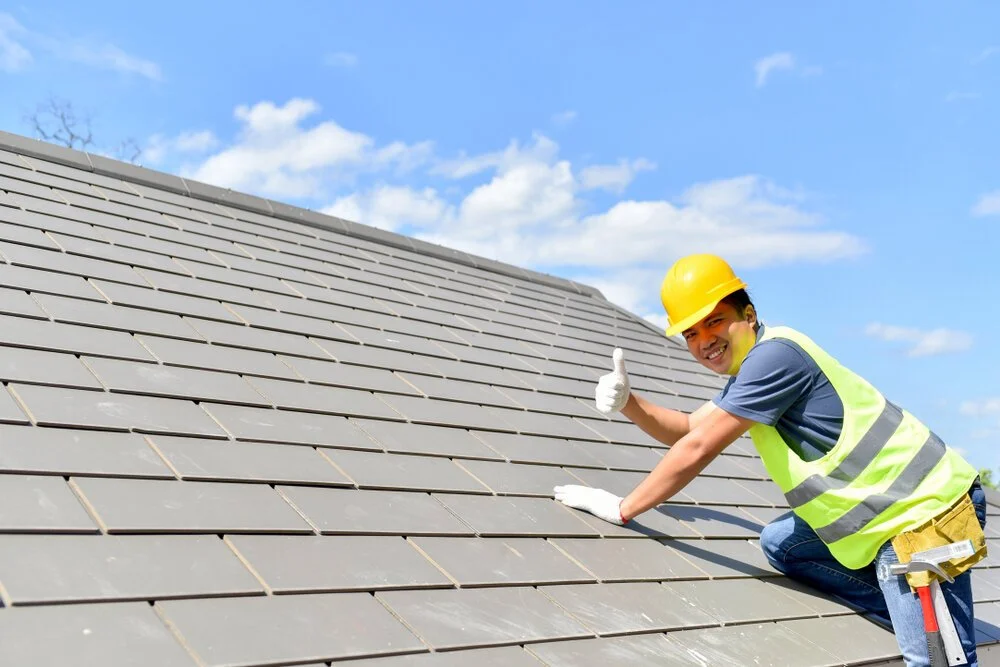Roof Rot – A Complete Insight of Causes
Roof rot is one of the least interesting things that can happen to a homeowner. It may not appear to be a big deal because, after all, “out of sight, out of mind,” right? If you find water spots on the ceiling or peeling plaster, you know it's time to look in the attic for the source of the problem. We at Beneficial Roofing are professionals in not only resolving but also preventing this issue.
Roof Rot: What Causes It?
Roof rot can be caused by a variety of factors, but the three most common are temperature variations in the attic, moisture from condensation made by the temperature as well as ventilation issues. You might be wondering, "What exactly is roof rot?" Roof rot, or dry rot as it's often known, is what happens when your attic has too much moisture. Another possible culprit is a water leak in your roof, which allows water to enter your attic.
Whatever the reason is, our roof repair professionals can identify it and assist you in resolving the issue and ensuring that it does not occur again.
What are your strategies for dealing with roof rot?
It is feasible to “repair” dry rot if the afflicted sections are not critical to the structure's integrity. If the problem isn't with a beam, joint, or flooring, it can be worth fixing rather than replacing. Make sure you locate the source of the problem before handling damaged wood. Once you've fixed the roof, poor ventilation and plumbing leaks, or a damaged gutter, you may concentrate on the wood.
Roof Rot: Should You Replace or Repair It?
The first step in the repair process is to remove damaged wood to the best possible amount. A wood chisel is the ideal instrument to use.
Injecting consolidant into the wood will assist reinforce the afflicted areas that the chisel may not be able to reach. This will aid in the re-bonding of the wood fibers with the intact wood, restoring their strength. Apply a wood repairing compound, such as putty, to complete the repair. It could be unsafe to attempt this on your own. If you don't remove all of the rotted wood, the rot will spread to the rest of the wood. This will inevitably result in the same issue.
The method of replacing is a little different. All of the rotten timber, as well as three feet of surrounding wood, must be removed. Then, to make sure you got all of the fungus, take out the plaster, skirting panel, linings, and ceilings. Then, within a five-foot radius of the decayed areas, clean the surface and steel pipes. The next step is fungicide application to the entire surface area within a five-foot radius. Then you replace the wood you removed, preferably with one that has previously been treated with a preservative. Finally, you must replaster and paint the area, usually with zinc oxychloride.
All of this is a time-consuming, exhausting, and occasionally risky process that it you should let roof repair professionals so you don't have to worry.
Roof Rot can be avoided in several ways.
Regular inspections are the best approach to ensure that your roof is free of rot. Having a professional inspect your attic will ensure that if there are any indicators of moisture, leaks, or excessive humidity, you will be able to address these issues. Another thing to consider is having a well-functioning roof ventilation system. The moisture has nowhere to go without a ventilation system, soaking into the wood and causing this problem. You must keep track of the condition of your shingles.
Don't let the stress of a rotten roof get the best of you and your family; contact us today! We'd be delighted to assist you in ensuring that roof rot does not occur again.
Ask the best roofers in your city to do this for you. See us at Elliott Roofing for the same in OKC or for any other roofing requirements.

